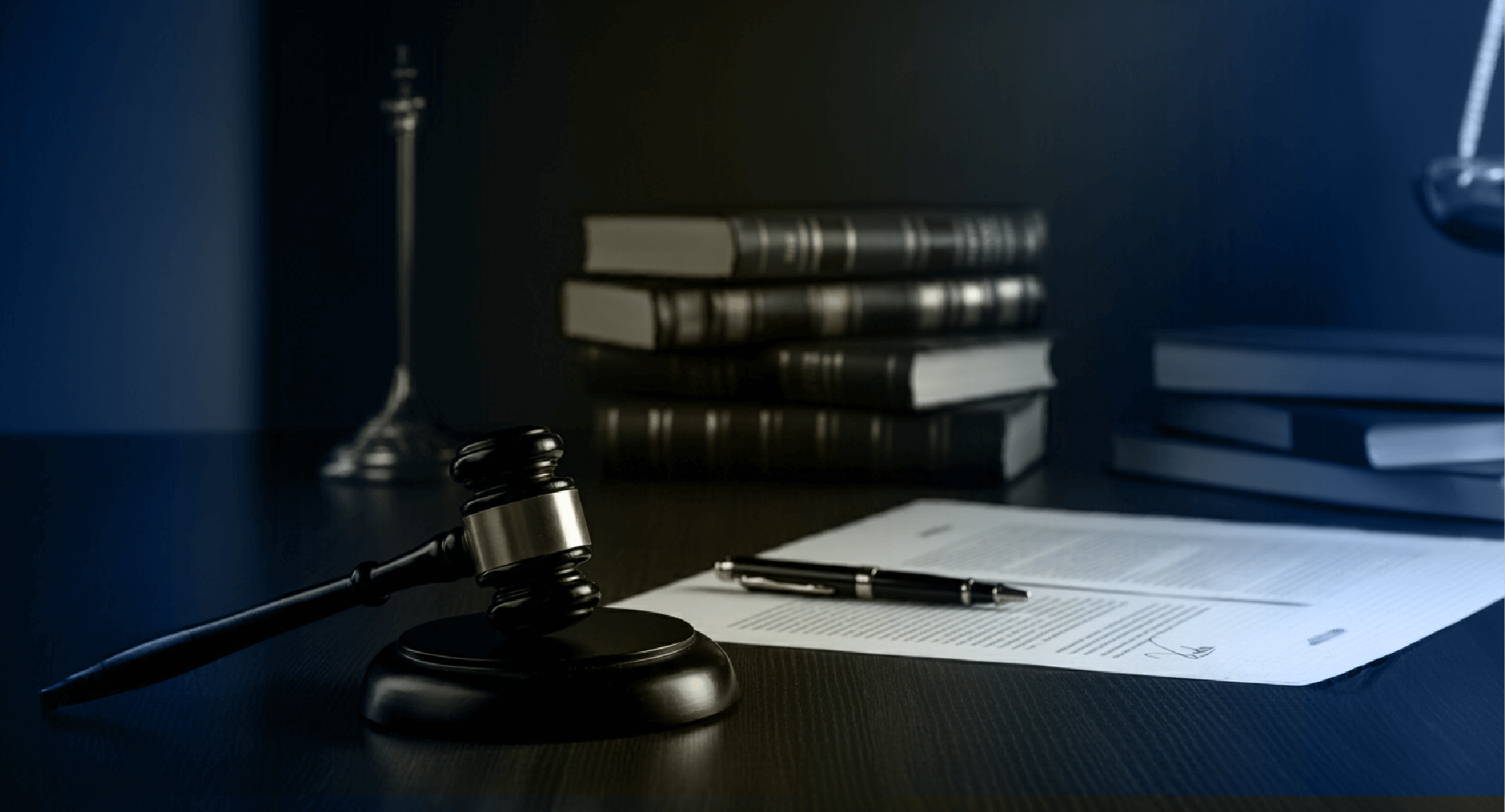24 December 2023
The preventive settlement is the first procedure of bankruptcy procedures, and it is a procedure that gives the debtor a great advantage, as it facilitates for him to reach an agreement with his creditors to settle their debts while retaining the management of his activity, and given the importance of this procedure, we will follow in these lines the steps of its implementation until finalizing it.The debtor begins the first step by preparing to submit a request to open the preventive settlement, where he can prepare to submit a request to open the preventive settlement by following a number of steps, starting by viewing the guide for opening bankruptcy procedures from the website of the Bankruptcy Committee, by clicking on the following link: (https://bankruptcy .gov.sa/ar/Pages/default.aspx), then study the various bankruptcy procedures, choose the most appropriate procedure, and then proceed to preparing the proposal and collecting the necessary information and documents, to submit the application, it is also required to add to the proposal an overview of the debtor's financial position, the effects of the economic situation on it, the classification of creditors, and obtaining the approval of the bankruptcy trustee for this proposal.There is an approved mechanism for submitting a request to open a preventive settlement that begins with the request submitted by the debtor to open the procedure to the court, accompanied by the proposal indicated by the trustee and the relevant information and documents. The debtor also is entitled to ask the court - upon requesting the opening of the settlement - to adjourn the claims, and the court may adjourn the claims for a period not exceeding (90) days from the date of the opening of the procedure, and it may extend this period for (30) days for one or more times upon the request of the debtor, at the period of adjournment of claims shall not exceed (180) days, and the debtor is obligated to inform his creditors of the court's injunction to adjourn the claims immediately upon its issuance.The debtor has the right to request the court to terminate any contract to which he is a party, attached to his request a report prepared by the trustee in bankruptcy stating the reason for terminating this contract.However, it should be noted that the debtor may not apply for the opening of the preventive settlement procedures if he has previously been subject to this procedure or to the preventive settlement procedure for small debtors during the (12) months preceding the opening request.After learning how to submit the application for opening, it is worthwhile for us to learn about the mechanism for opening the preventive settlement procedure, which begins with the court setting a date to consider the application for opening the preventive settlement procedure within a period not exceeding (40) days from the date of registration of the application, then the court issues a ruling to open the procedure It sets a date for the creditors to vote on the proposal, in the hearing of the opening request, after which the debtor informs the creditors specified in the proposal of the court’s ruling of opening the procedure within (7) days from the date of its issuance, and invites them to vote on the proposal, provided that a copy of the notification is attached to the notification. proposed, and the court has the right to adjourn the hearing for a period not exceeding (21) days, to provide any additional information or document, or to amend the creditors' classification.After the inauguration of the settlement procedure, the steps for adopting the preventive settlement proposal emerge, which begins with the owners - whose rights are affected by the proposal - casting their votes on the proposal, whether approving or rejecting it. After that, the debtor informs the creditors and owners of the result of the vote and deposits it with the court, at which point any of the creditors has the right to submit a request to include his claim that was not included in the proposal.In the meantime, the debtor shall ask the court to ratify the proposal and shall inform the creditors before that.Finally, the debtor informs the creditors of the court's approval of the proposal, and then deposits a copy of the court's approval of the proposal in the bankruptcy register within (5) days from the date of its approval.• If anything appears that requires amending the proposal; The debtor may submit a request to the court to approve the amendment of the proposal, and he shall notify the creditors of this, and the date for voting on it shall be fixed within (5) days from the date of the court’s approval.• As for the next stage, it is the implementation stage, where the proposed debtor is implemented, approved by the court, and the creditors and owners are committed to it.• As for the last stage, which is the termination of the procedure, whereby the debtor informs the creditors before submitting a request to terminate the procedure; In order to complete the implementation of the proposal, then any interested party has the right to object to this request within (14) days from the date of submission of the request by the debtor. The court shall decide to terminate the procedure when one of the cases is achieved that the debtor submits a request to the court to terminate the procedures to complete the implementation of the proposal, or the required quorum is not achieved in the voting of the owners or creditors on the proposal, or the owners or creditors cannot vote on it on the specified date, as well as if it is not specified the Court another date for the vote, and in the event that the Court refuses to endorse the proposal, or the debtor applies for an end to the proceeding; because the conditions for opening the proceeding no longer apply to him, or the debtor or creditor submits a request to terminate the proceeding; because the proposal cannot be implemented, or the debtor has applied to terminate the proceeding; For his lack of desire to continue managing his activity or to complete the implementation of the proposal, or for an interested party to submit a request to terminate the procedure due to the presence of effective violations during the procedure, or because the debtor has committed one of the criminal acts by law.Finally, the debtor shall deposit the judgment ending the procedure in the bankruptcy register within a period not exceeding (5) days.Thus, the preventive settlement provided an excellent solution for the debtor, enabling him to pay his debts without declaring his bankruptcy and losing the ability to manage his activity. From this point of view, it was necessary to define it and clarify the mechanisms for its implementation and steps for its implementation and termination....

 Previous Article
Previous Article 


 Share this
Share this
 Copy Link
Copy Link



